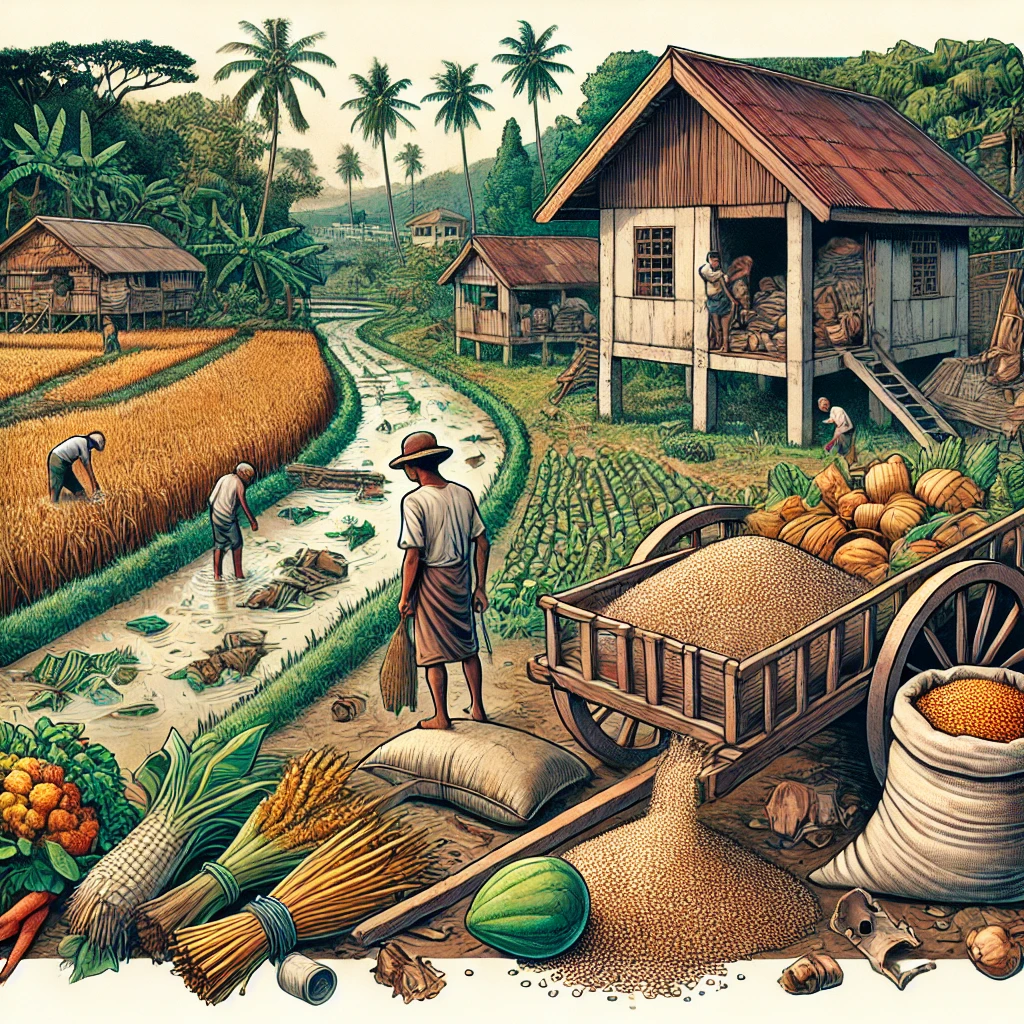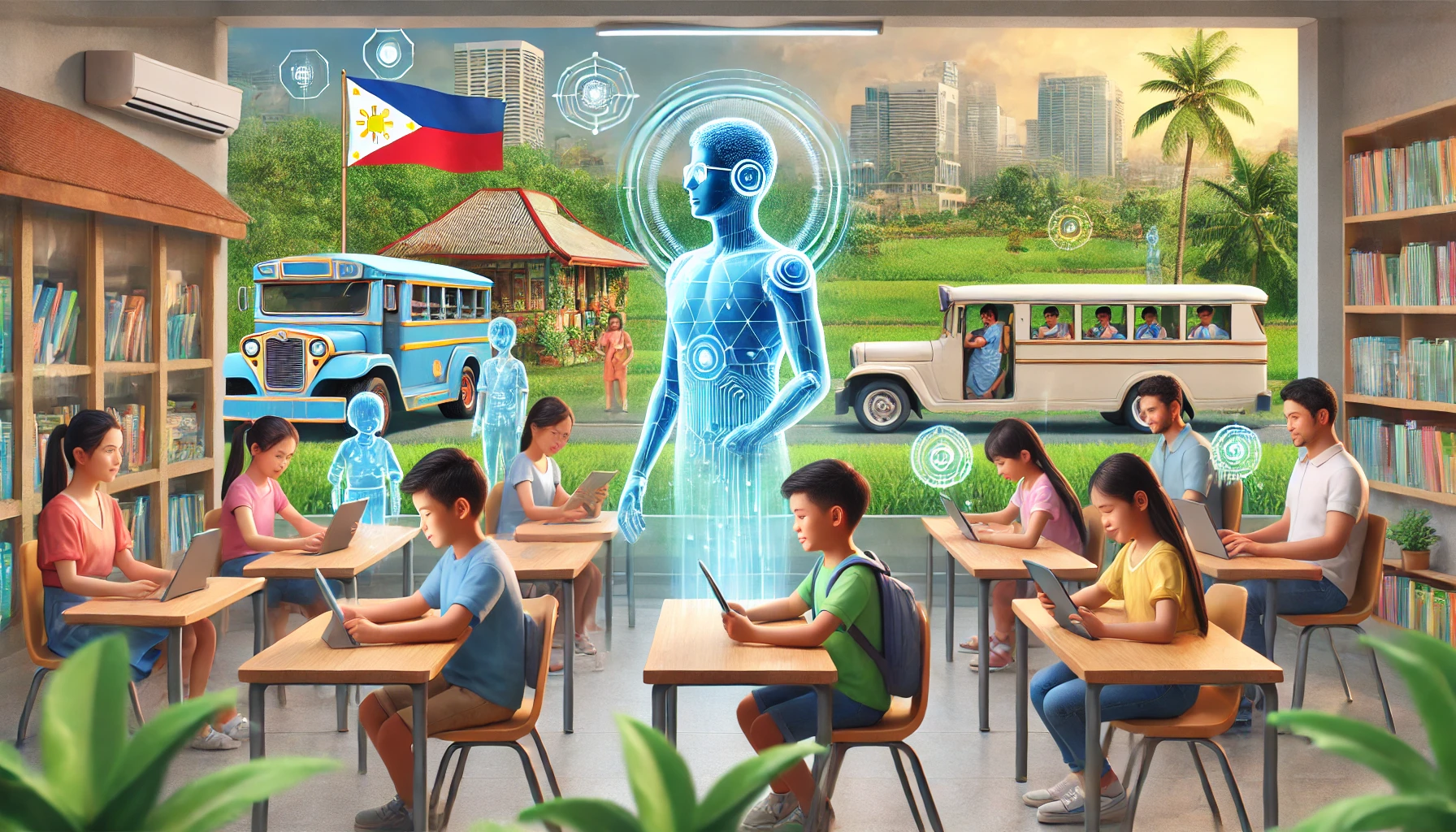The Philippines, an agricultural powerhouse in Southeast Asia, faces a persistent challenge: post-harvest losses. These losses—often amounting to significant percentages of total agricultural output—result from inefficiencies in harvesting, storage, transportation, and distribution. Addressing this issue is critical to ensuring food security, reducing waste, and improving farmers’ livelihoods. Enter Artificial General Intelligence (AGI): a transformative technology capable of revolutionizing supply chain management and reducing post-harvest losses across the country.
The Scope of Post-Harvest Losses in the Philippines
Post-harvest losses in the Philippines can reach up to 16-20% for staple crops like rice and corn, with fruits and vegetables experiencing even higher percentages. These losses are driven by factors such as:
- Lack of proper storage facilities.
- Poor transportation infrastructure.
- Inefficient market linkages.
- Limited real-time data for decision-making.
Such losses not only strain farmers but also exacerbate food insecurity and inflation. AGI, with its unparalleled capacity for analysis, optimization, and adaptability, offers innovative solutions.
How AGI Can Transform Post-Harvest Supply Chains
1. Predictive Analytics for Harvest Timing
AGI-powered systems can process vast datasets, including weather patterns, soil conditions, and crop health, to recommend optimal harvest times. This ensures that crops are harvested at peak quality, minimizing spoilage due to premature or delayed harvesting.
Example: A farmer in Nueva Ecija can use an AGI-driven app to receive real-time recommendations for the best harvest day based on weather forecasts and logistical availability.
2. Smart Storage and Preservation Solutions
AGI can enhance storage systems by monitoring environmental factors such as temperature, humidity, and gas levels in real-time. It can also predict when conditions might lead to spoilage and automate adjustments to prevent it.
Example: Cold storage facilities managed by AGI can dynamically adjust cooling intensity for mangoes, preventing overcooling while reducing energy costs.
3. Efficient Transportation and Logistics
AGI can optimize transportation routes, reducing delays and ensuring that perishable goods reach markets or processing facilities swiftly. By analyzing road conditions, traffic data, and delivery schedules, AGI can suggest the fastest and most cost-effective routes.
Example: A fleet of trucks carrying bananas from Mindanao to Metro Manila can be dynamically rerouted to avoid congested areas, ensuring timely delivery and reduced spoilage.
4. Market Demand Forecasting
By analyzing consumer behavior, market trends, and historical sales data, AGI can predict demand for agricultural products. This helps farmers and distributors make informed decisions about where to sell their produce and in what quantities.
Example: An AGI system might identify increased demand for tomatoes in Cebu during festival season, directing farmers to prioritize shipments to that region.
5. Blockchain-Integrated Traceability
AGI can integrate with blockchain technology to create transparent supply chains. This ensures accountability at every stage, from harvest to retail. Farmers, distributors, and consumers can track produce origins, handling conditions, and delivery timelines.
Example: A retailer in Davao City can verify that pineapples were transported under optimal conditions, boosting consumer trust and reducing disputes over quality.
6. Collaborative Platforms for Farmers and Buyers
AGI can power platforms that connect farmers directly with buyers, bypassing middlemen and reducing delays. Such platforms can dynamically match supply with demand, ensuring fair prices and reduced waste.
Example: A cooperative in Iloilo can use an AGI-driven marketplace to sell rice directly to institutional buyers, such as schools or restaurants, at competitive rates.
Overcoming Implementation Challenges
While AGI holds immense promise, its implementation in the Philippines requires addressing certain challenges:
- Infrastructure Development: Investments in digital infrastructure, such as internet connectivity in rural areas, are crucial.
- Training and Accessibility: Farmers and stakeholders need training to use AGI-powered tools effectively.
- Cost Barriers: Subsidies or public-private partnerships can help make AGI technologies affordable for smallholder farmers.
The Road Ahead: A Sustainable Agricultural Future
AGI is not just a futuristic concept; it is a game-changer with the potential to minimize post-harvest losses and transform the Philippine agricultural sector. By improving efficiency, reducing waste, and increasing profitability for farmers, AGI can contribute to a more resilient and sustainable food system.
The Philippines stands at a crossroads. By embracing AGI and fostering an ecosystem of innovation, collaboration, and inclusivity, the nation can turn the tide against post-harvest losses and set a benchmark for agricultural excellence in Southeast Asia.
Call to Action: Policymakers, agricultural stakeholders, and tech innovators must unite to drive the adoption of AGI in the Philippine agricultural supply chain. Together, we can create a future where every grain counts, every harvest thrives, and no farmer is left behind.
[SEO optimized]


